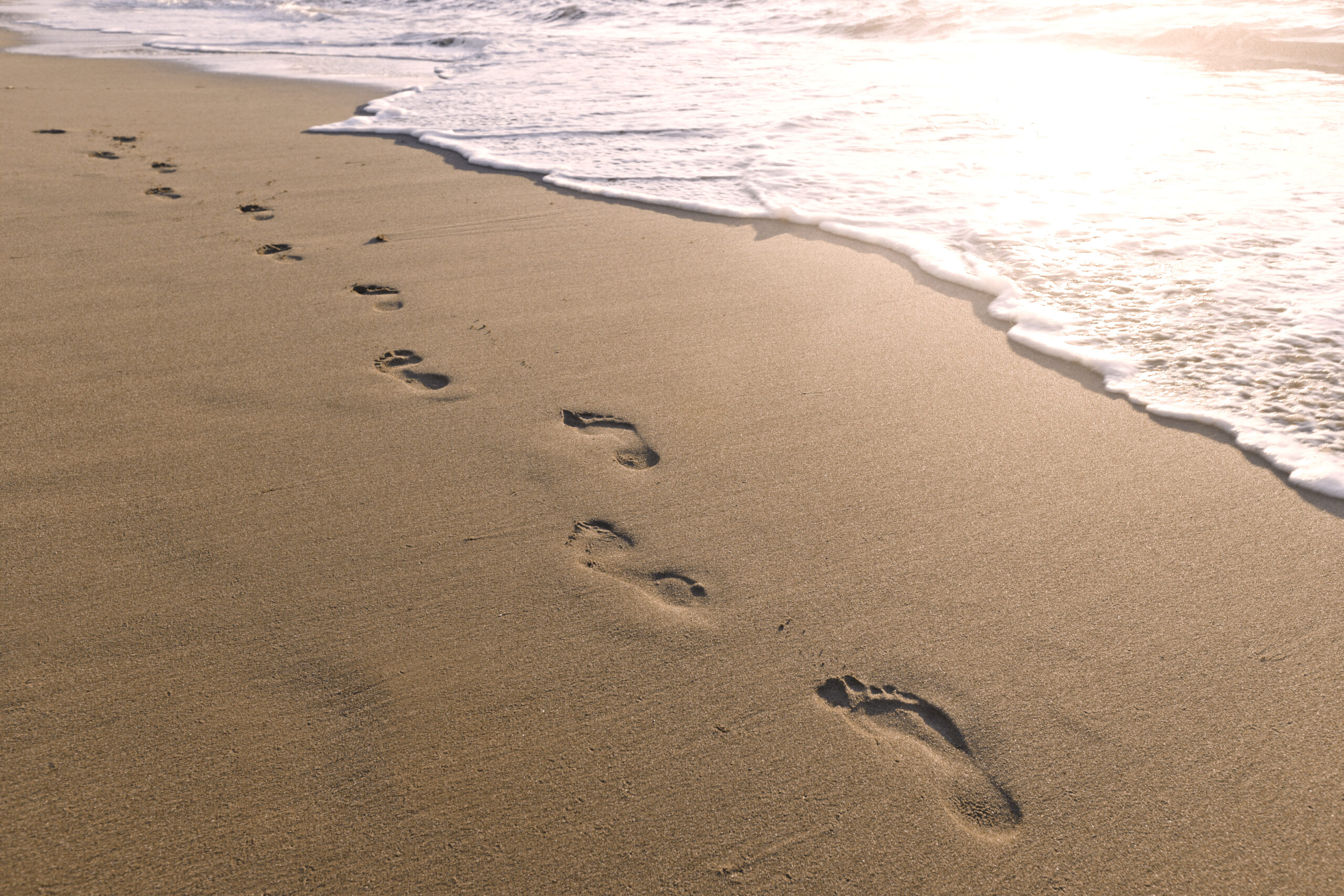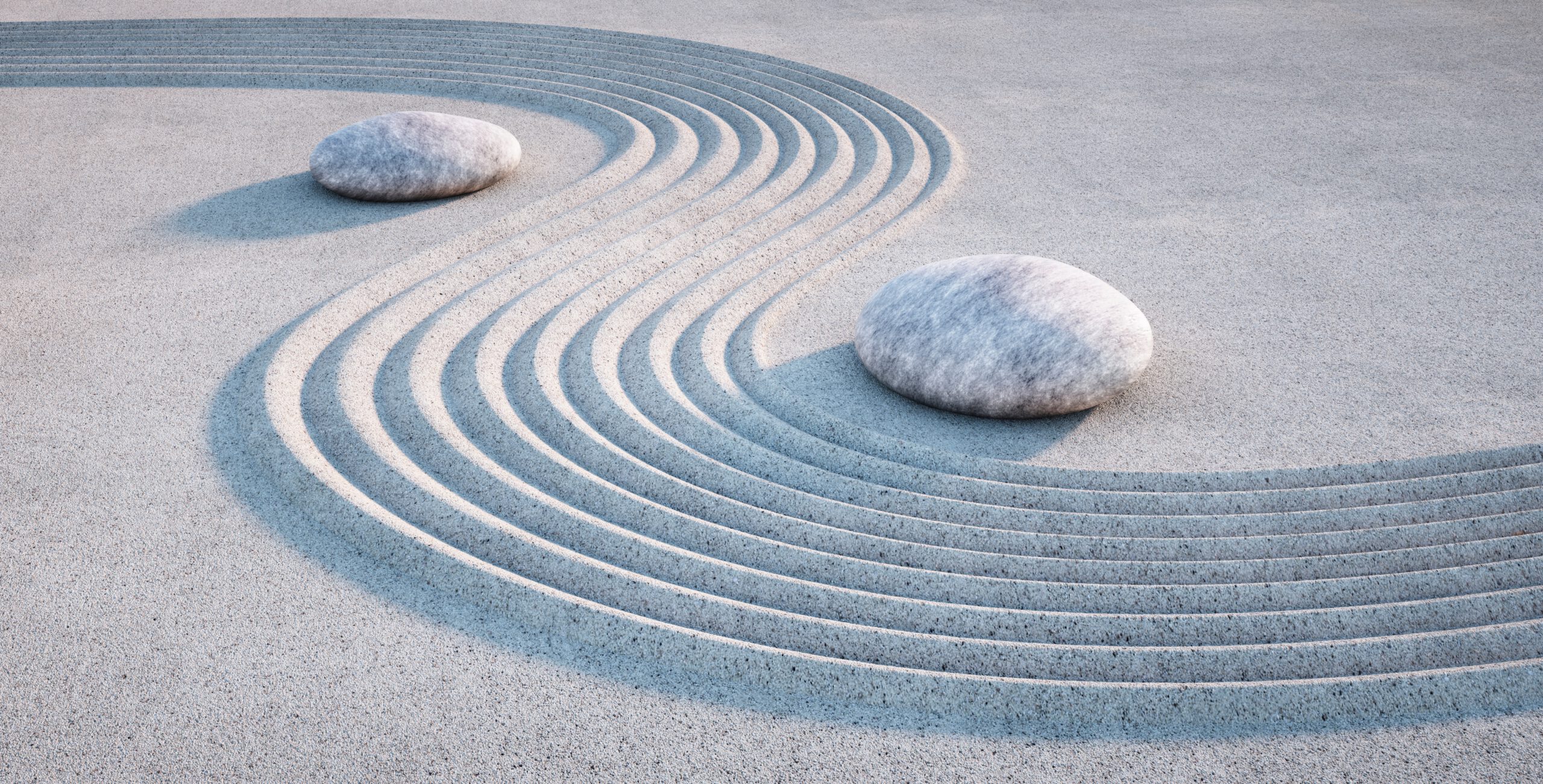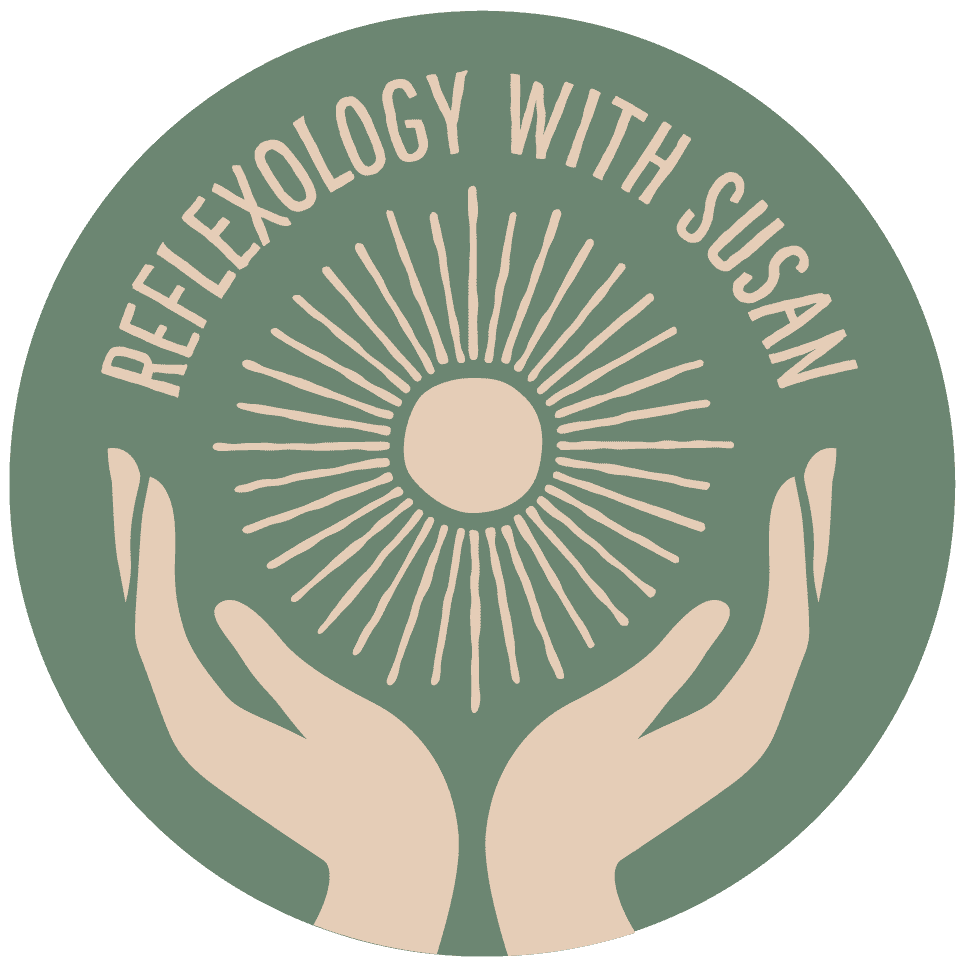
Reflexology is a gentle, non-invasive therapy suitable for people of all ages and can help with a wide range of health concerns. While it’s a safe and effective treatment for most, there are certain situations where it’s not recommended, such as during the first trimester of pregnancy, or for conditions like deep vein thrombosis (DVT), thrombosis, embolism, or contagious diseases and fever.
If you’re unsure whether reflexology is suitable for you, please feel free to reach out. I’m happy to answer any questions and help guide you in making the best choice for your health and well-being.
Modern reflexology has its roots in ancient healing practices. Evidence suggests that forms of foot and hand therapy were practiced as early as 2330 B.C. in China and Egypt, with depictions found in the tomb of Ankmahor. Native American tribes have also used foot therapy for centuries.
While the exact origins of this powerful therapy remain unclear, its longevity speaks for itself—it has stood the test of time, helping countless people improve their well-being.
The term “reflex” refers to an involuntary response to a stimulus or a mirrored reflection. In reflexology, points on the feet and hands act as mirror images of the body, a concept that has been recognised for centuries. In fact, Zone Therapy, a precursor to modern reflexology, was documented as early as the 1500s.



Take The First Step Toward
Feeling Your Best Today!